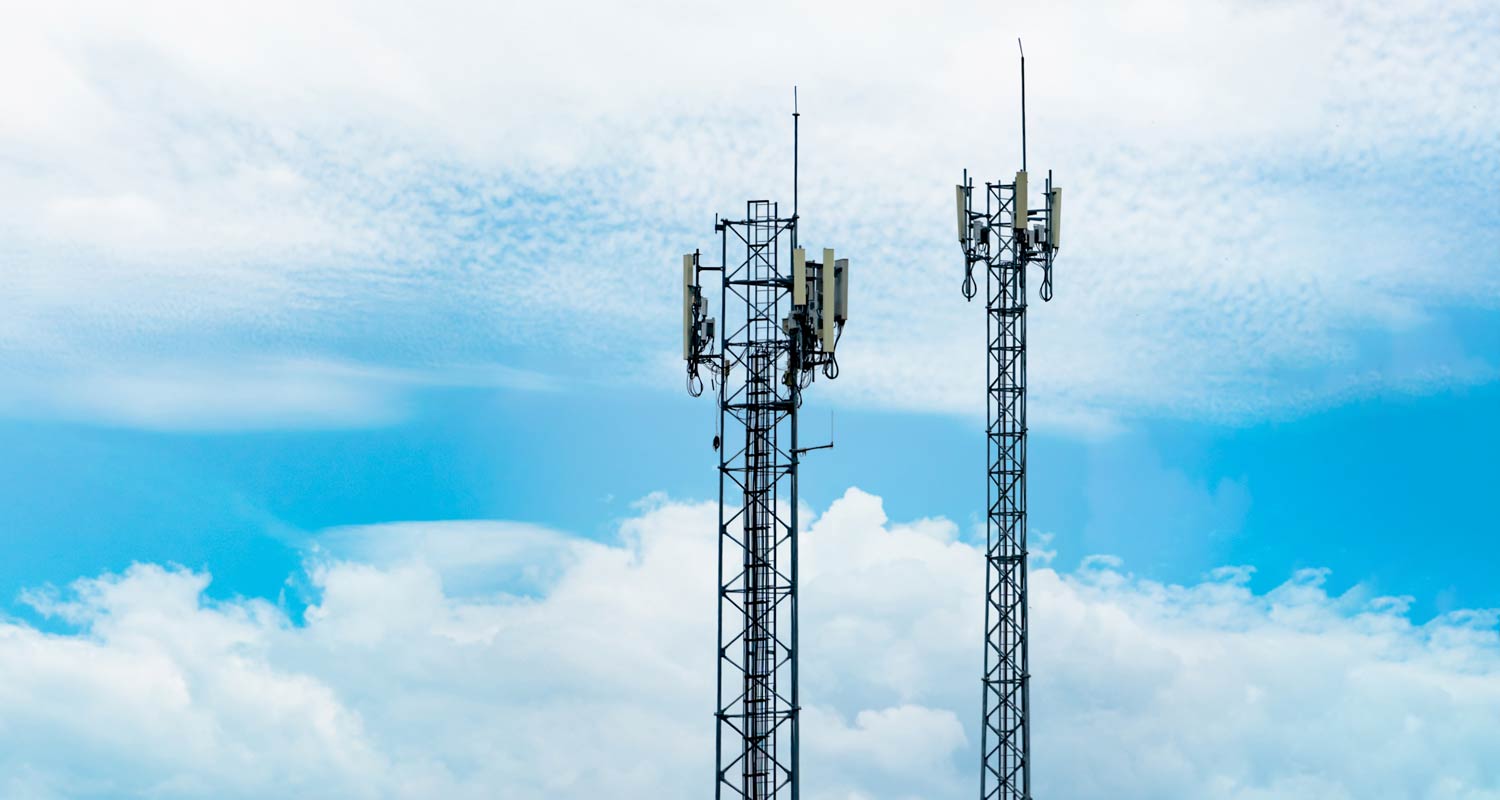 Telecommunications operators deploy a significant portion of their annual revenue into capital expenditure to upgrade and expand their networks. But how much do South Africa’s two biggest mobile operators spend on their networks for each of their customers?
Telecommunications operators deploy a significant portion of their annual revenue into capital expenditure to upgrade and expand their networks. But how much do South Africa’s two biggest mobile operators spend on their networks for each of their customers?
The total spent on capex by Vodacom South Africa and MTN South Africa is of interest to investors. So, too, is capex intensity – the ratio of capex to revenue. TechCentral decided to look at a slightly different metric, capex per customer, to determine if the money the two mobile operators spend on infrastructure per customer per year tells an interesting story. And it does – see the chart below.
Our research shows that over the 14-year period from 2010 to 2023, MTN on average spent R267.60 per customer per year. That compares to Vodacom’s R229.20. One might expect that MTN’s investment in its network would result in significant growth in its subscriber numbers given the higher capex investment per subscriber.
But when this data is compared to the number of customers both operators had during the period, a different picture emerges. Despite a spike in capex between 2015 and 2017, a period in which MTN’s capex per customer was well above the R350 mark, it wasn’t until 2020 that its subscriber numbers started to show good growth and the gap between the two operators began to narrow for the first time in years (see graph below).
In a 2021 consumer report spanning 20 markets and 20 000 respondents, telecoms industry body the GSMA found that network quality was the single biggest determinant of customer churn for mobile operators.
“The report from GSMA Intelligence shows us that although more affordable plans come top in what customers want, it’s better quality services that actually reduce churn and get them to stay with an operator – services that require the speeds and capabilities only 4G and 5G can bring. This means investing in networks … is crucial,” said the GSMA.
For the most part, MTN and Vodacom have spent the same on capex per customer over the past 14 years, although between 2015 and 2018 MTN far outspent its rival in an effort to improve and modernise its network with a view to gaining market share.
According to André Wills, MD at ICT research firm Africa Analysis, higher capex per customer could signify a change in an operator’s network strategy or inefficiencies in how an operator makes use of capital.
Capex per customer
“Capex per customer is a useful metric to look at as it provides insight into investment efficiency and shows how the operator is investing for the future,” said Wills. “However, you should also analyse this metric alongside Arpu (average revenue per user), churn and network expansion (capacity and coverage) to understand how an operator is strategically positioning itself.
“A lower capex per customer indicates that an operator can serve each customer with less investment, which can be a sign of operational efficiency. However, you need to compare this to Arpu to see whether there is a relationship between the operator’s investment strategy and its ability to convert investment into revenue.”
A look at the Arpu data for Vodacom South Africa and MTN South Africa (see graph above) from 2014 suggests that although MTN’s markedly higher capex per customer from 2015 to 2018 had little impact in driving subscriber growth, it did benefit from its investment via a steady increase in blended Arpu, with the figure rising from R91 in 2015 to a peak of R109 in 2019. During the same period, Vodacom’s blended Arpu declined from R113 to R95. (Blended Arpu is a weighted mix of prepaid and post-paid Arpu.)
So, we can conclude that MTN’s higher network spend from 2015 to 2018 helped it to reduce churn and drive up Arpu. However, the Arpu benefit was short-lived. – © 2024 NewsCentral Media




